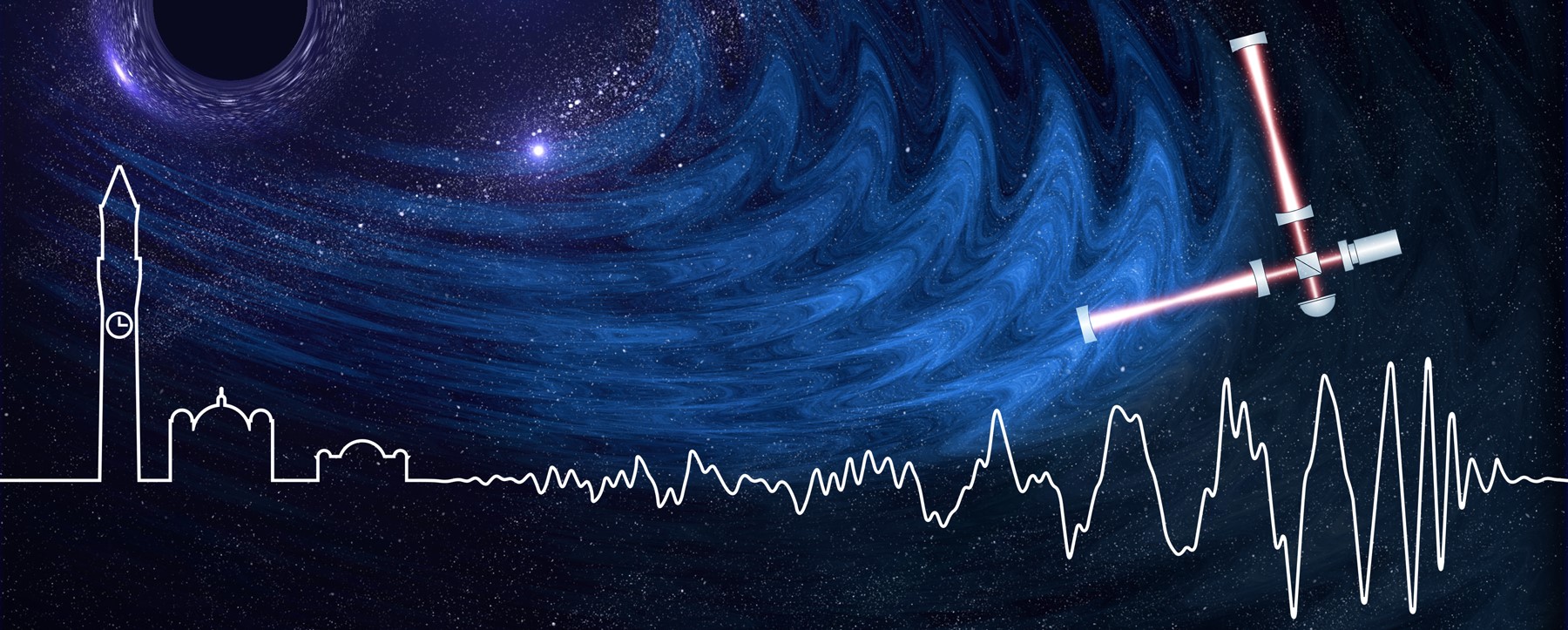
Scientists working at the LIGO facility in the United States, including a team from the University of Birmingham, have demonstrated how the ultra-fine tuning of the instruments enable it to push the boundaries of fundamental laws of physics.
The US-based Laser Interferometer Gravitational-wave Observatory detects gravitational waves produced by catastrophic events in the universe, such as mergers of neutron stars and black holes. These space-time ripples are enabling scientists to observe gravitational effects in extreme conditions and probe fundamental questions about the universe and its history.
In the core of the LIGO detectors are km-scale laser interferometers that measure the distance between 40 kg suspended mirrors with the best precision ever achieved. Typical LIGO sources – the gravitational waves – modulate the distance between the mirrors by 1/1000 of a nucleus size but are still observed with high fidelity. The unprecedented level of the LIGO sensitivity is achieved by the state-of-the-art engineering required to suppress vibrational and thermal noises in the detectors.
At these levels of sensitivity, quantum mechanics starts to play an important role. The revolutionary and counter-intuitive theories developed in the 20th century typically describe the microscopic world, such as atoms and molecules, but also puts stringent constraints on the continuous measurement of the giant LIGO mirrors.
Scientists at the LIGO site have now succeeded in looking below the so-called standard quantum limit – the limit when only natural quantum states are utilised in the measurement. Their results are published in Nature.
The experiment the LIGO team carried out used non-classical ‘squeezed light’ which reduces quantum fluctuations of the laser field. Denis Martynov, one of the Birmingham scientists who contributed to the research, says: “Just a few years ago, this type of quantum behaviour would have been too weak to be observed. But new measurement techniques are now enabling us to go beyond these limits. Not only that, but the approach taken by LIGO scientists in these experiments means that future improvements and upgrades to the instruments can be made with increased confidence that they will yield the improved sensitivity that we are looking for.”
The ability to make these measurements, opens up the possibility of reducing the effects of quantum mechanics and improving overall the sensitivity of the instruments. The research marks an important step towards making further improvements in the sensitivity of gravitational wave technologies, enabling instruments in the future to reach even further through space and time to detect the echoes of these massive collisions.
- For media enquiries please contact Beck Lockwood, Press Office, University of Birmingham, tel: +44 (0)781 3343348.
- The University of Birmingham is ranked amongst the world’s top 100 institutions. Its work brings people from across the world to Birmingham, including researchers, teachers and more than 6,500 international students from over 150 countries.
- Yu, H., McCuller, L., Tse, M. et al. 'Quantum correlations between light and the kilogram-mass mirrors of LIGO'. Nature 583, 43–47 (2020).